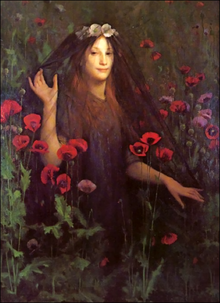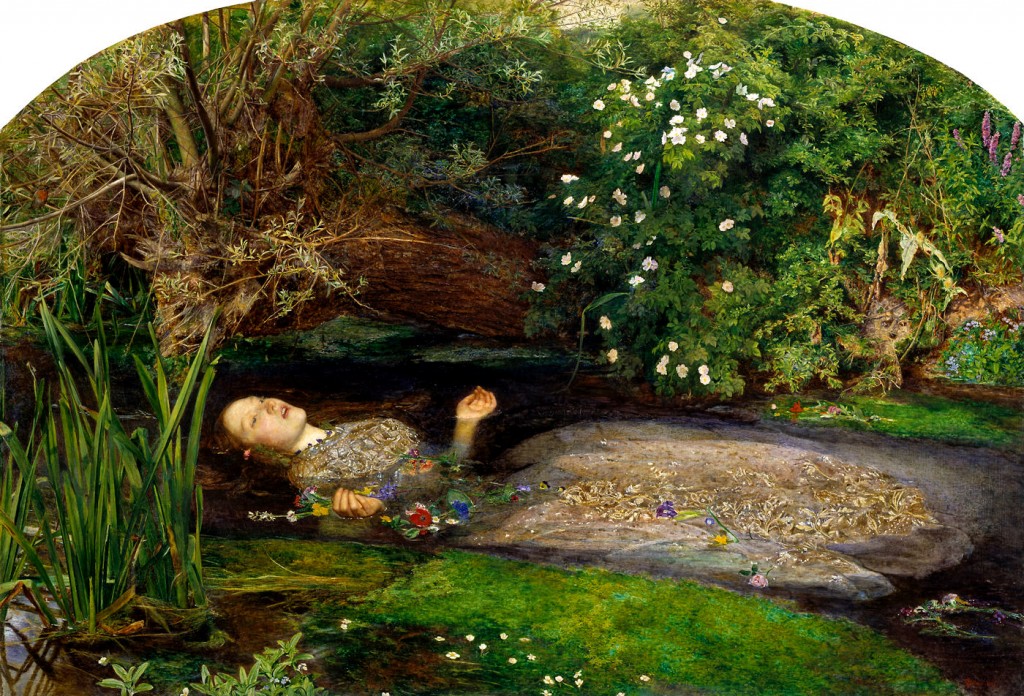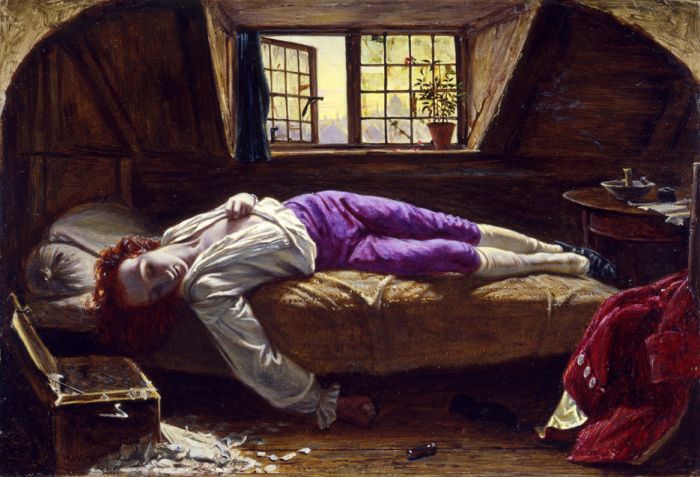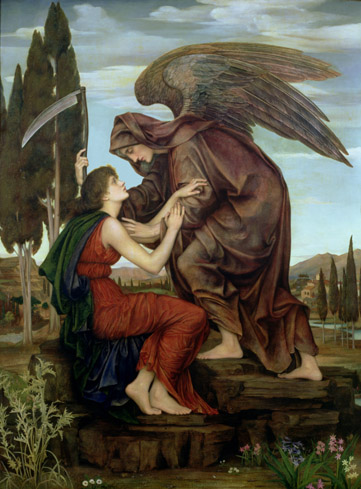Friends sometimes say it’s strange that I can simultaneously be optimistic and bubbly while also being captivated by art filled with melancholy and death. I’m not sure how to answer except to say that I consciously choose to embrace life to the fullest and believe that my positive mindset is one of my strengths. But I’ve also encountered death, pain, and trials in my life that have helped me understand how fleeting it is. I want to experience it all as deeply as I can and that means in order to truly understand and celebrate my joys, I won’t numb myself from any pain I might go through. I want to feel every high and low to the greatest extent I can because these are the things that shape me. I only get one shot at being me and I’m not going to waste it. Obviously there are many things that contribute to my psyche, but with the recent death of singer Chris Cornell, one in particular is on my mind today.

When I was a teenager, my dad and I happened upon a man who had shot himself to death. That is, of course, a simple sentence to write. It was a much more complex thing to experience. I was a happy, sunshiny girl until one day a stranger ended his life mere moments before I encountered his body. Your life may end with your last breath but your impact on other people doesn’t end. There he was. Dead. He changed me. I can never tell him how.

I can’t be sure how much that experience colored my view of life, but in hindsight I can see a pattern that I suppose must be connected to that incident. Art and literature play a crucial role in my life and it does not escape my notice that most of the works I’ve become passionate about often explore death, grief, and mourning. Ophelia, whose drowning death in Hamlet is widely assumed to be suicide, has been a frequent subject of my writing on this site. Several months ago, I wrote an article for Shakespeare Magazine about Ophelia and the model that posed for her in Sir John Everett Millais’ 1852 painting. Millais’ Ophelia was none other than Elizabeth Siddal, the Pre-Raphaelite model and painter whose death due to a laudanum overdose is also frequently described to be a suicide.

I never purposefully sought out suicidal themes in art, but I have to ask myself if perhaps this was a subconscious way to process an ugly experience. Art and literature is how I make sense of things that are difficult to understand and accept. I couldn’t make sense of the man we found. I don’t know his name and there was no closure. But Ophelia I know. I’ve repeatedly delved into her character and representations of her. I feel I’ve come to understand her and how she was driven mad by the madness around her. I’m starting to understand that there’s a reason why she speaks to me. It is a healing of sorts.

As a young adult, I discovered Elizabeth Siddal. I devoted so much time to learning about her that thirteen years ago, I created LizzieSiddal.com, a project that led to the eventual creation of the blog you are reading now. While Lizzie’s death is often described as a suicide, I personally belief that it was probably an accidental overdose. But whether it was a deliberate act or an accident, writing about her life and the many tragedies she lived through has become a part of who I am. She is mostly known for her death and the fact that her husband Dante Gabriel Rossetti had her exhumed several years afterward in order to retrieve the poems he had placed in her coffin. I want her to be known for more than that. A large part of everything I’ve ever written about her is driven by the fact that I believe we have to be mindful of the fact that her death affects the way we view her life and work. It shapes our perception. And she’s certainly not alone in this. Poet Sylvia Plath has achieved the same sort of cult following. I never want to gloss over or minimize the tragedies of their deaths, but we also shouldn’t focus on their deaths in an unbalanced way that forces us to mythologize them rather than truly studying them.

Besides Elizabeth Siddal and Sylvia Plath, there are obviously many examples of artists whose lives ended in similar ways. And then they go through the same process. Their work is seen through a new light. Robin William’s work still makes us laugh as hard as it ever did, but now it has touches of sadness. Suicide happens every day. No one is immune, no matter their sphere in life. When an artist who has touched the world dies like this, it creates a collective pall. Cynics can scoff at our mourning a person that we’ve never met, but shock and grief are perfectly natural for someone who has impacted our lives. Tennyson said in Ulysses,”I am a part of all that I have met”, which means to me that we are the sum of our experiences. The music, books, or movies we love are undoubtedly a part of that. There is no shame in feeling a profound loss when we lose an artist who has created work that has helped us discover ourselves. Loss is loss. We don’t have to have personally known them to mourn their passing.

At fifteen, suicide shaped me in unseen ways. I think it enhanced my compassion. I know the importance of self-care and being understanding and kind to yourself. I know the importance of listening and paying attention to others when they are struggling because I have seen the horror and the ugliness of what happens when someone thinks they have reached the point of no return. I have no idea if Chris Cornell committed suicide or not, it’s still so fresh and raw and the internet is filled with speculation and misinformation. But I do know that whatever happened, tragedies like this give us an opportunity to talk about mental health and have conversations that, unfortunately, many people don’t have until it is too late. Whether it’s Lizzie Siddal, Sylvia Plath, Kurt Cobain, or Robin Williams, let’s not mythologize them. We have to see them as very real people with very real problems and learn from it. It’s crucial. We probably all know someone right this very moment that is silently wrestling with issues that we have no idea of. So when celebrity suicides are in the news, be kind. Be mindful. And reach out to anyone you feel may need someone to lean on.
Suicide Prevention: how to talk to someone who is suicidal and save a life


Lovely, thoughtful, and kind.